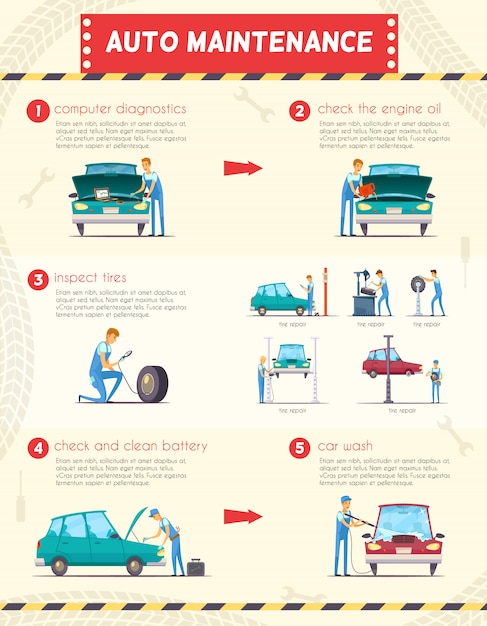Open Up The Hood To Reveal Usual Brake System Problems And Their Repairs, But What Regarding Squishy Brake Pedals? Figure Out The Solution Ahead! Find Out More Listed Below
Open Up The Hood To Reveal Usual Brake System Problems And Their Repairs, But What Regarding Squishy Brake Pedals? Figure Out The Solution Ahead! Find Out More Listed Below
Blog Article
auto glass repair near me -Hinrichsen Damborg
When it comes to your vehicle's brake system, understanding common issues can conserve you from prospective safety risks. From recognizing brake pad wear to dealing with brake fluid leaks, knowing exactly how to take on these issues is important. However what concerning those spongy brake pedals? There's a fix for that too. Remain tuned to get more information about these problems and the useful services that can keep you securely on the road.
Brake Pad Put On and Replacement
When it pertains to maintaining your car's brake system, one crucial aspect to watch on is the wear and replacement of brake pads. Brake pads are vital elements that push versus the brake rotors to slow down or quit your car. With time, these pads wear down because of friction, requiring regular evaluation and substitute to ensure your brakes operate successfully.
To figure out if your brake pads require substitute, pay attention for screeching or grinding sounds when you use the brakes. In addition, if your vehicle takes longer to stop or you see vibrations or pulsations when stopping, it might be time to change the brake pads.
Neglecting used brake pads can result in lowered stopping performance, damages to other brake parts, or perhaps brake failing.
Replacing brake pads is a reasonably uncomplicated procedure for several vehicles. Nevertheless, if mechanic shop or uncomfortable doing this task, it's best to get in touch with an expert mechanic to make certain appropriate installment and ideal brake efficiency.
Routinely checking and replacing brake pads is vital for your security and the durability of your automobile's stopping system.
Brake Fluid Leaks and Maintenance
To ensure your vehicle's brake system functions ideally, it is necessary to likewise take note of brake fluid leaks and maintenance. Brake fluid is critical for transferring the force from your foot on the brake pedal to the actual braking mechanism. One usual concern with brake liquid is leakages, which can occur as a result of tatty brake lines, seals, or links. If you observe a puddle or leaks under your cars and truck, it's vital to attend to the leak immediately to prevent a potential brake failure.
On a regular basis checking your brake liquid level is key to keeping your brake system. Reduced brake liquid can lead to air entering the brake lines, which endangers braking efficiency.
Furthermore, old or infected brake fluid can affect the general efficiency of your brakes. It's recommended to follow the producer's guidelines on when to change the brake liquid, usually every 2 years.
Spongy Brake Pedal: Bleeding Brakes
If you have actually ever before experienced a squishy brake pedal while driving, you understand the value of maintaining a company and responsive stopping system. One usual source of a spongy brake pedal is air trapped in the brake lines. When air goes into the brake system, it can cause a loss of hydraulic pressure, leading to that disturbing mushy feeling when you press the brake pedal.
To fix https://transmissionoilchange39483.bloggactif.com/32173833/uncover-the-leading-10-ideas-that-will-certainly-enable-you-to-choose-sensibly-when-looking-for-the-most-effective-automobile-service-center-close-to-you , hemorrhaging the brakes is needed. Bleeding the brakes includes getting rid of the air from the brake lines to bring back proper hydraulic stress.
To bleed the brakes, you'll need an assistant to help you. Beginning by locating the brake bleeder shutoff on each wheel, generally located near the brake caliper. With a wrench, loosen the valve and have your assistant press the brake pedal while you observe any air bubbles appearing. Repeat this procedure for each and every wheel, starting from the wheel farthest from the master cylinder and relocating closer.
When you no longer see air bubbles and just clear fluid arises, tighten the shutoff and top up the brake liquid storage tank as needed. Hemorrhaging the brakes aids make certain a firm brake pedal and improves total braking performance.
Final thought
Now that you understand typical brake problems and exactly how to repair them, you can ensure your lorry's safety and security and performance. Bear in mind to pay attention for warning signs like shrilling sounds or squishy brake pedals, and resolve them immediately. Regular maintenance and timely replacements are key to maintaining your brakes in top condition. Stay positive and alert to your brake system to delight in secure and reputable driving experiences.
